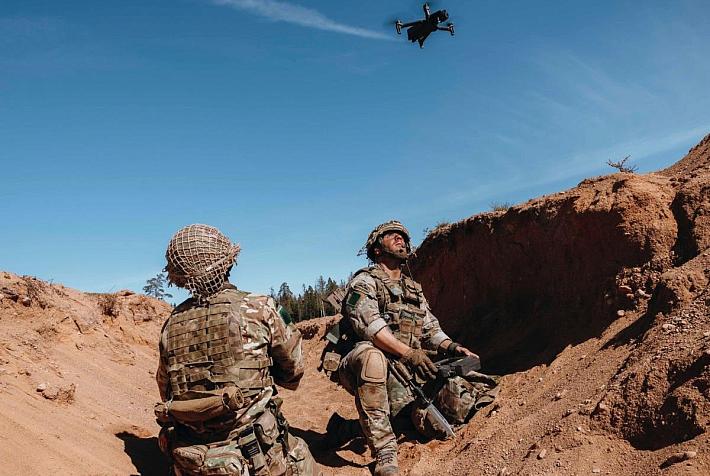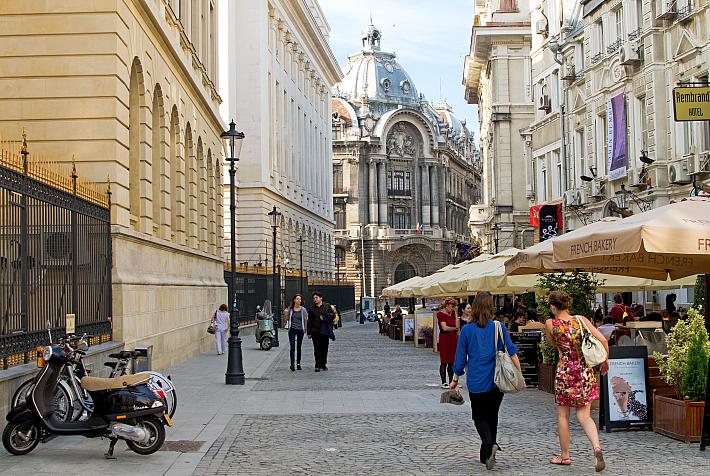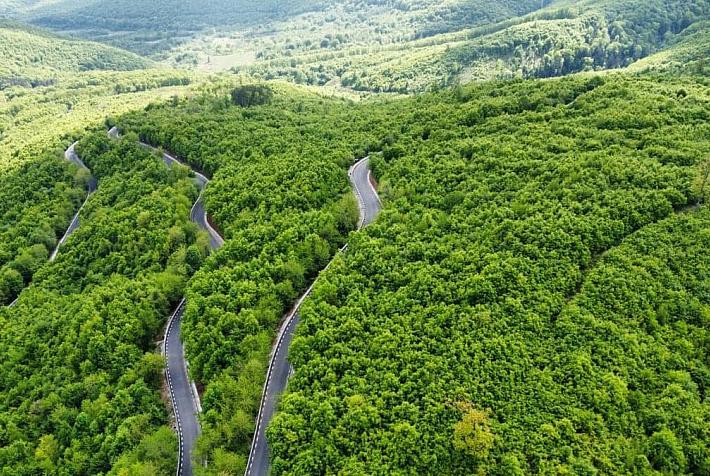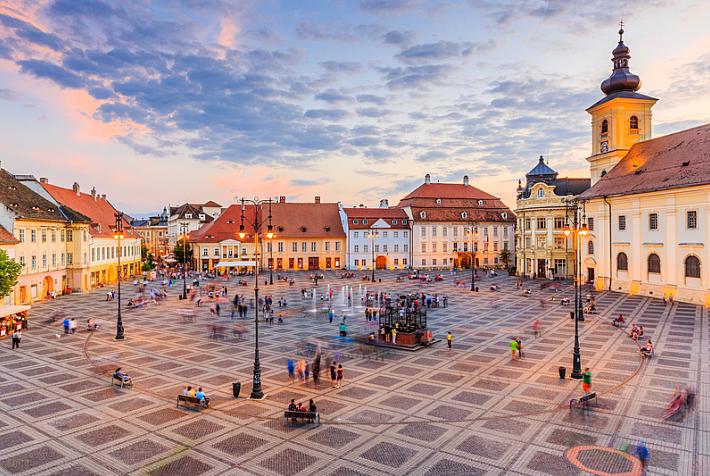EBRD president warns of middle income trap risk in Romania

Romania is at risk of falling into the middle income trap, Sir Suma Chakrabarti, the EBRD president, warned in a speech delivered at the Academy of Economic Studies (ASE) in Bucharest on September 17.
“The fact that Romania has not been able to record the same pre-crisis growth rates without aggravating macroeconomic imbalances suggests that it is at risk of falling into the middle income trap,” Chakrabarti said.
“As economies’ incomes rise, productivity growth fails to keep up, with countries finding it difficult to shift from a growth model based on investment and the adoption of existing technology to one driven by innovation and the development of new technology,” he said.
Chakrabarti explained that Romania’s growth prior to 2008 was driven predominantly by rising productivity. This was achieved as inefficiencies that had existed under Central Planning were eliminated, and with the help of technology and knowledge transfer from FDI.
However, in recent years, the main contribution to growth was derived from the accumulation of fixed capital.
“Yet investment rates have been lower compared to pre-crisis times. In recent years gross fixed capital formation averaged 25% of GDP, down from 35% of GDP pre-crisis. Emerging Asia’s economies invest on average 30% of GDP, by way of comparison. Gross inward FDI in Romania has also declined to a mere 2% of GDP. In particular, green field FDI has stagnated at levels below €100 million a year,” Chakrabarti said.
The EBRD president highlighted several ways economies can avoid falling into the middle income trap. These include more investment in infrastructure and productivity, helped by innovation.
When it comes to infrastructure, Romania ranks 102nd out of 137 in the quality of its transport infrastructure, as measured by the Global Competitiveness Index.
Chakrabarti pointed to some of the country’s advantages, such as the highly developed broadband infrastructure and a fast growing IT services sector, but also to the overall levels of spending on R&D, some of the lowest in the EU.
At the same time, he argued that the country needs “investment in skills, vital for maintaining competitiveness as Romanians’ salaries (hopefully) continue to rise” but also “specialized finance, such as equity, venture capital, private equity, not just debt finance.”
The EBRD president came to Bucharest for the Three Seas Initiative summit on September 17-18.
EBRD president signs two loans while on visit in Romania
editor@romania-insider.com















